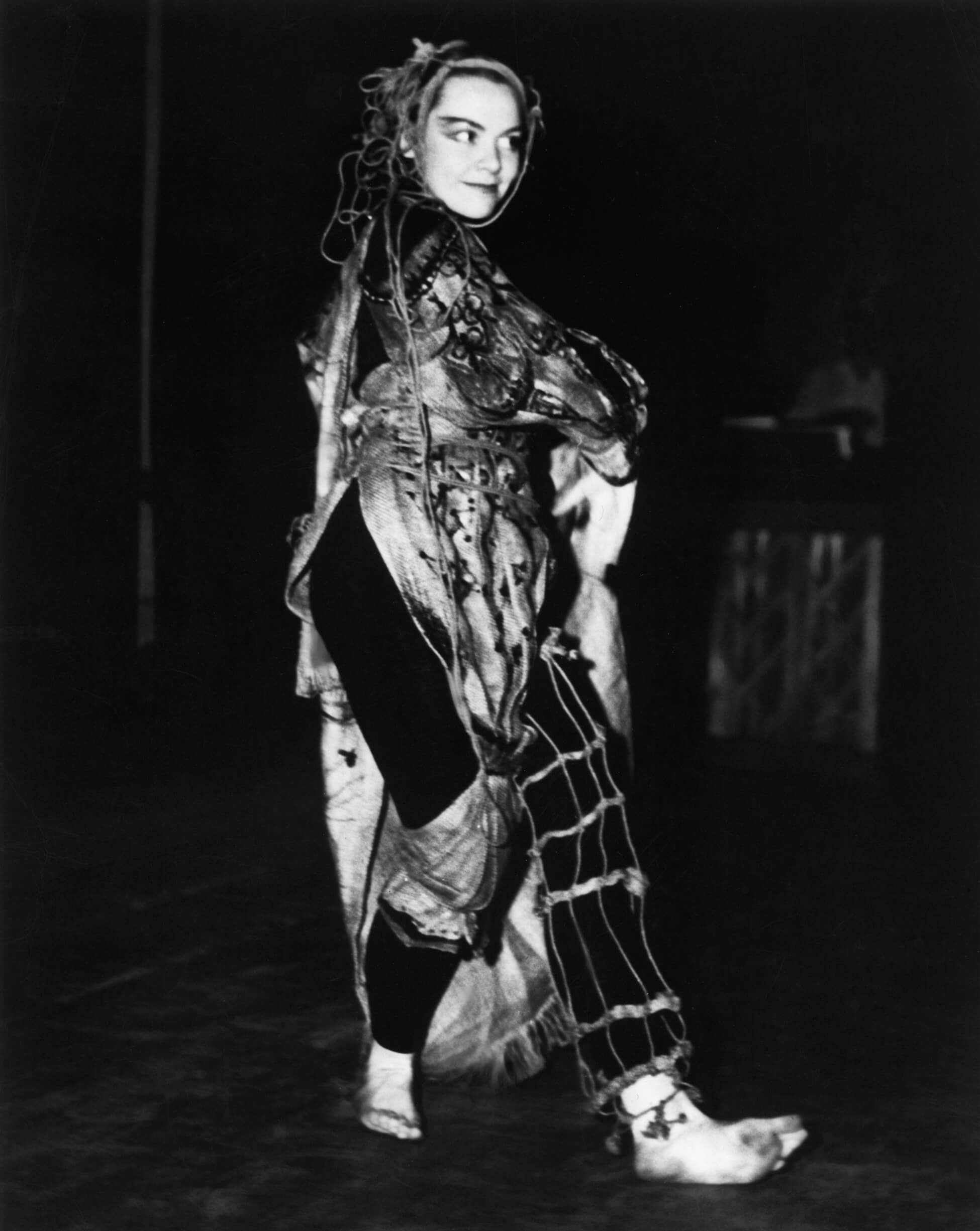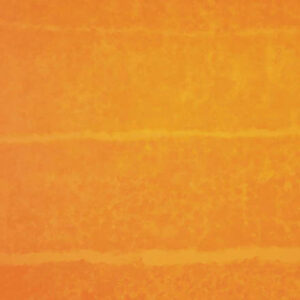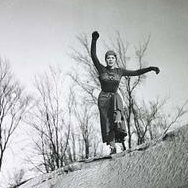Black and Tan 1948

Françoise Sullivan, Black and Tan, 1948
Performance
Costume by Jean-Paul Mousseau
Set to the music of jazz pianist Duke Ellington, this dance piece attempted to capture the expansive power of movement. It rejected altogether vertical movements such as leaping and spinning, which were the hallmark of classical dance. Instead Sullivan started by moving her feet close to the ground, tracing a figure eight. The movement then spread through her body, travelling from one body part to the next, gradually gaining her calves, her knees, her thighs, her hips, her rib cage, her shoulders, her neck, and her head. Her use of facial expression was innovative and contrasted strongly with classical dancers’ traditionally impassive features; when the movement reached her face, Sullivan stood still, facing the audience, tracing the figure eight with only her eyes.


Sullivan had originally planned to dance the piece wearing a fringed shawl she had borrowed from her mother. But her friend, the painter Jean-Paul Mousseau (1927–1991), offered to create a costume for her. Worn over a black leotard, it was made of rope tangled over her arms and legs, and a burlap bodice painted with abstract designs. A burlap cape fastened to the back of her costume swirled around her. She wore a headpiece of snaking, brown rope. The costume enhanced Sullivan’s movements and gave her the appearance of a shaman channelling transcendental energies into the human world.
Black and Tan was first presented publicly at Ross House in Montreal in 1948, during a recital that showcased choreographies by Sullivan and by Jeanne Renaud (b. 1928), considered to be the earliest modern dance presentation in Quebec. It evoked Sullivan’s first encounters with jazz music, as well as the African American dance culture she had come across in Harlem when studying dance in New York in the mid-1940s. Named after Ellington’s 1927 jazz composition, it also refers to an expression then used in the American South to designate the bars where people of African, Asian, and European descent were allowed to mingle, listening and dancing to live music.

 About the Author
About the Author
 More Online Art Books
More Online Art Books
 Acknowledgements
Acknowledgements